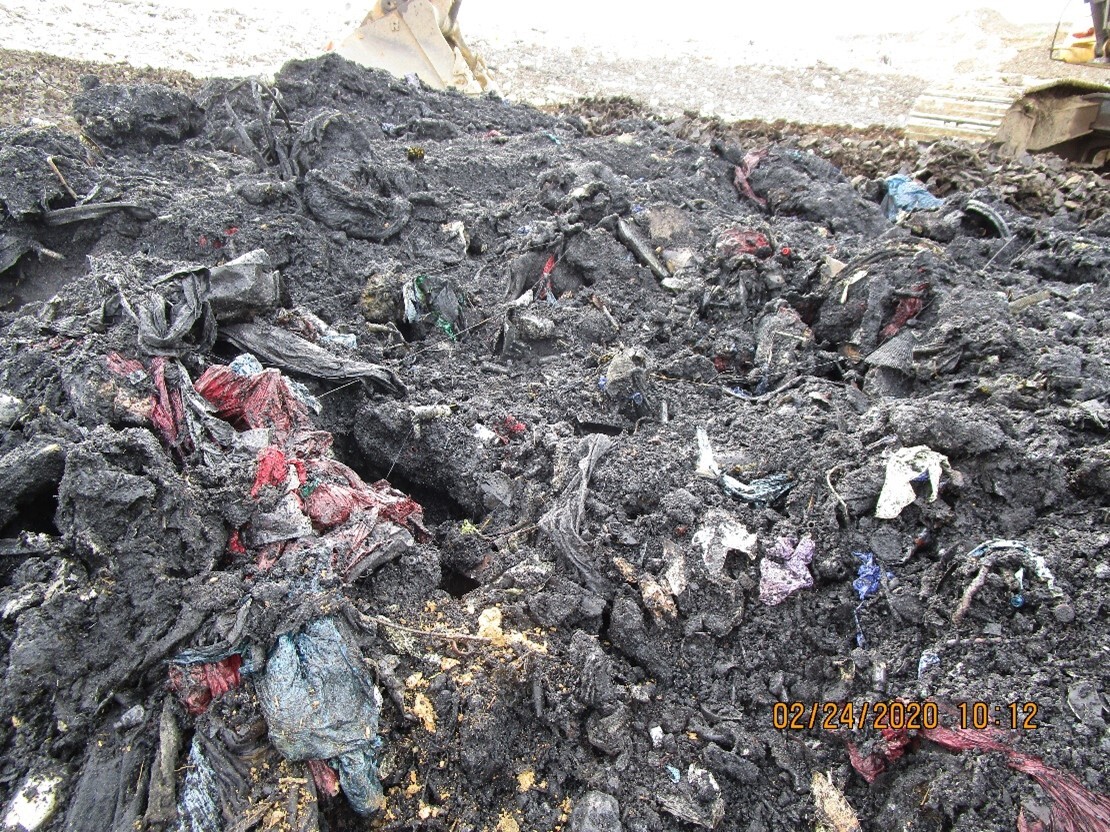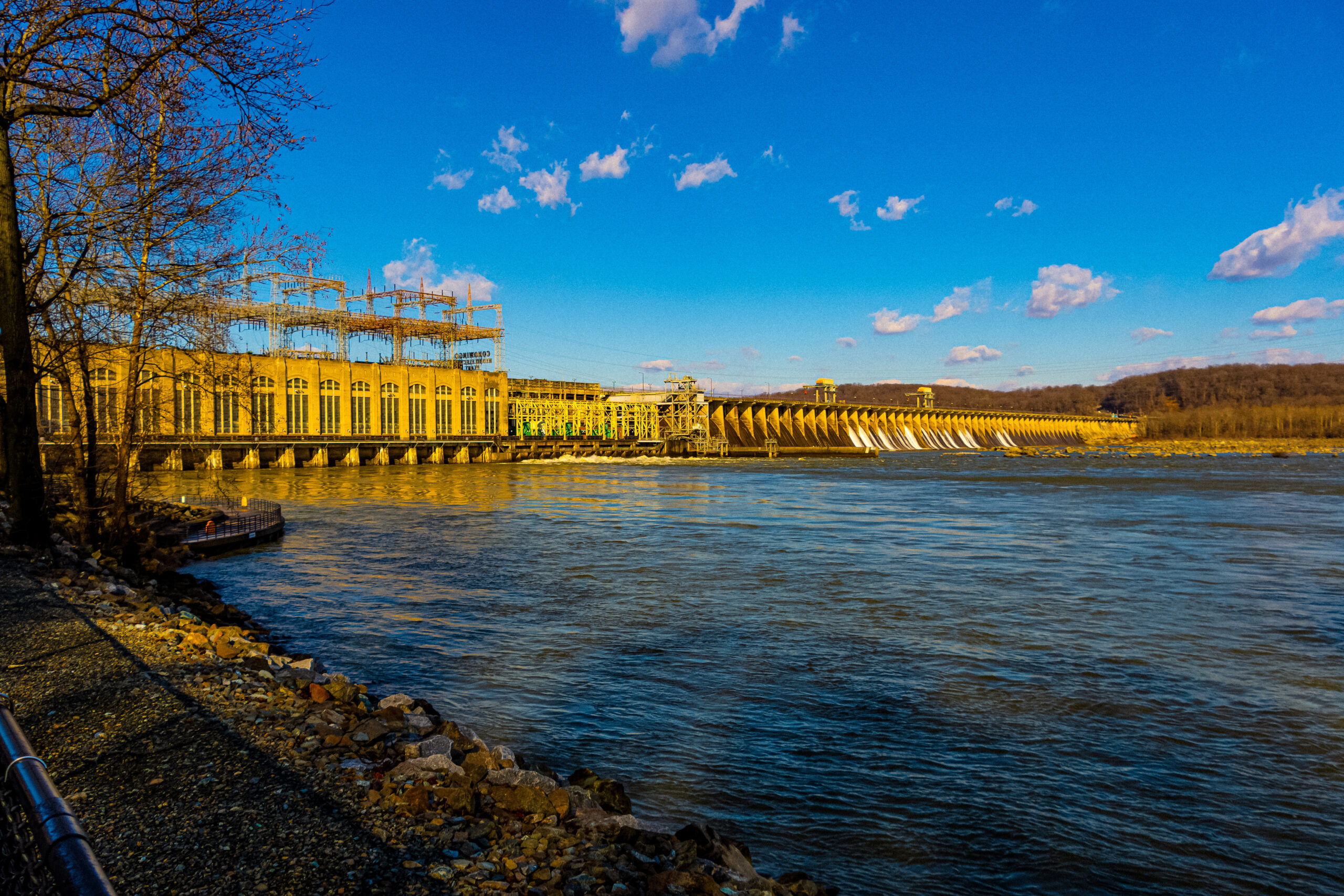Opinion: Smart Growth Policies, Not Haphazard Approach Will Help Restore the Chesapeake
Over the past six years, Maryland has spent nearly $6 billion of taxpayer money on a wide range of Chesapeake Bay restoration efforts. Despite these expensive initiatives, the Chesapeake Bay Foundation reports that “increasing development paired with lax forest protections are wiping out thousands of acres of forests, and with them, one of our most successful resources in the fight to improve the water quality of our rivers, streams, and Chesapeake Bay.”
Data from the Chesapeake Bay Program indicates that the bay watershed now loses forestland at the rate of 100 acres each day. From 2007 to 2012, Maryland cleared nearly 15,000 acres of farmland and 19,000 acres of forest for houses and commercial development.
Forests are crucial to maintaining the water quality of the bay and its tributaries. They also safeguard wildlife habitat, protect spawning grounds for fish and crabs, regulate climate, protect public health, provide recreation opportunities, and enhance the quality of life for the watershed’s residents.
The stated mission of the Maryland Department of the Environment is “to protect and restore the environment for the health and well-being of all Marylanders.” MDE’s own policy states that it is important to consider water quality when renewing or developing environmental permits and conducting land use planning.
Yet, MDE recently granted a permit to destroy 330 acres of non-tidal wetlands and forest in the Bush River watershed of Harford County, at the headwaters of the bay. This permit was granted in a watershed that MDE has listed as impaired.
In the Bush River, underwater grasses declined from 141 acres in 2002 to just 48 acres in 2012. The river and all of its tributaries are impaired for PCBs, nutrients, chloride and sulfates.
MDE determined that most of the pollution is caused by habitat alteration and lack of riparian buffer. After evaluating the suitability of 18 vacant and available commercial warehouse sites in Harford County, the agency came to the conclusion that a non-tidal wetland and mature forest were a more suitable location to build another warehouse.
Last year, MDE blocked two projects in Charles County that would have cleared 400 acres of privately owned woodlands.
Both projects were supported by the county, but MDE denied permits after birders and environmentalists objected to the loss of the sites. To paraphrase Ben Grumbles, MDE secretary, it was an unacceptable trade-off of ecological benefits for warehouses that we don’t need and don’t want.
Why then is the state granting a permit in Harford County for warehouses that we don’t need or want?
This haphazard approach to bay restoration goes against every moral, ethical and economic standard for land use, public health and the environment. The statewide loss of forests highlights the fact that we can’t just buy our way to “saving the bay” through mitigation and restoration.
We must actually implement the smart growth policies that Maryland has advocated for many years. We must utilize existing infrastructure and encourage the redevelopment of abandoned properties rather than continuing to deforest the watershed.
No amount of mitigation will replace the critical role that an intact natural wetland and a mature forest play in keeping the Chesapeake Bay clean. We cannot continue to blame the degraded state of the Chesapeake on our neighbors to the north. We cannot continue to fool ourselves that a patch of man-made wetlands and a few tree plantings will make up the ecological function being provided by forests and wetlands on a daily basis, all for free.
The Clean Water Commerce Act passed in 2017 by the Maryland General Assembly expanded the use of the Bay Restoration Fund to include the purchase of cost-effective nutrient and sediment load reductions. In support of the state’s efforts to restore the health of the Chesapeake Bay, why not use the restoration fund to help purchase forestland as a cost-effective way to reduce these contaminants?
–VERONICA CASSILLY
The writer is an environmental activist who lives in Darlington in Harford County.




 Creative Commons Attribution
Creative Commons Attribution